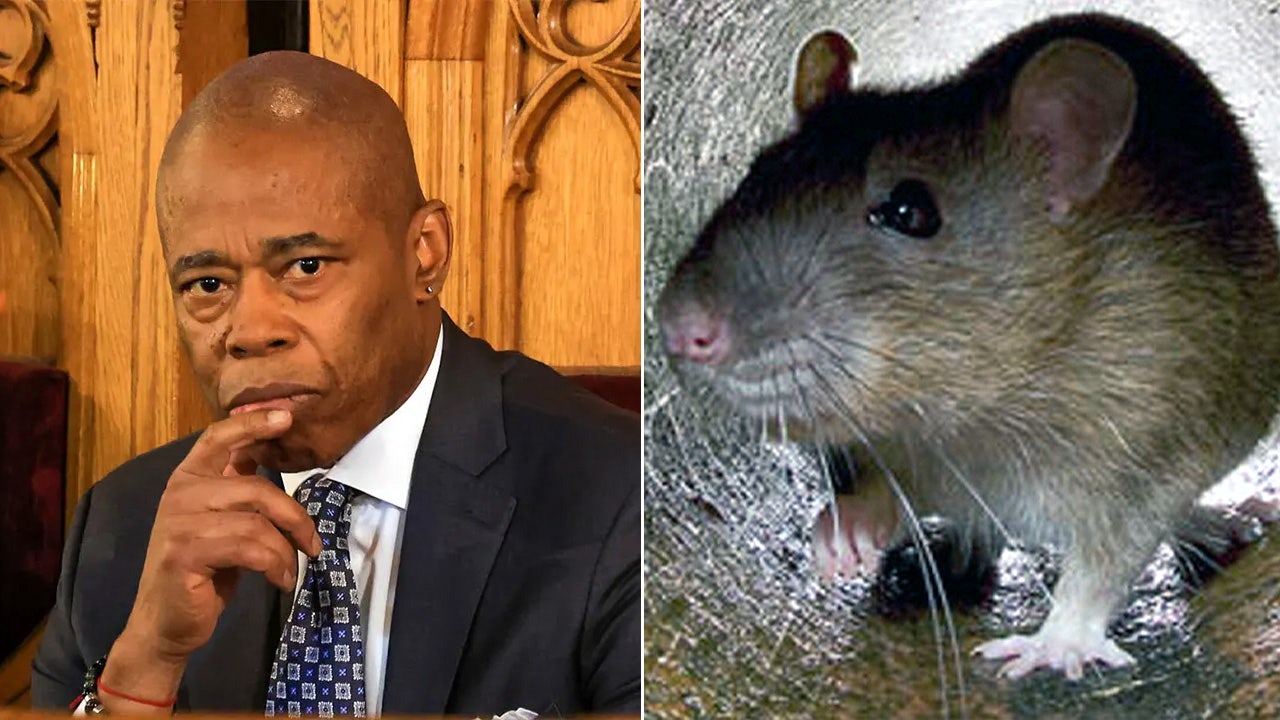Best deals of Prime Big Deal Days
BestReviews is reader-supported and may earn an affiliate commission.

A winner in this year’s Fat Bear Week has been crowned, and she’s a “gutsy girl.”
The bear in Alaska’s Katmai National Park and Preserve is described as “thicker than a bowl of oatmeal” in a post on the park’s Facebook account.
The bear, 128 Grazer, is a mother who has raised two litters of cubs and is an excellent angler, according to the National Park Service.
BestReviews is reader-supported and may earn an affiliate commission.
“She often preemptively confronts and attacks much larger bears—even large and dominant adult males—in order to ensure her cubs are safe. Her behavior produced benefits beyond the protection of her cubs,” the park service said on a webpage with info on this year’s tournament.
“In summer 2023, many other bears remembered her reputation and Grazer maintained a high level of dominance even though she was single,” according to the page.
“For example, a large adult male, 151 Walker, regularly avoided her approach. Grazer’s combination of skill and toughness makes her one of Brooks River’s most formidable, successful, and adaptable bears,” the park service said, referring to an area of the park.
Grazer easily squashed her male rival, 32 Chunk, in the final round of this year’s Fat Bear Week by more than 80,000 votes.
Fat Bear Week has been hosted annually by Katmai since 2014. Brown bears are pitted against each other in a “March Madness” style tournament in which online voters pick the bear they think is the “fattest bear of the year.”
“Fat Bear Week is a celebration of success and survival,” the park service continued. “It is a way to celebrate the resilience, adaptability and strength of Katmai’s brown bears.”
Copyright 2023 Nexstar Media Inc. All rights reserved. This material may not be published, broadcast, rewritten, or redistributed.


By JOHN QUICK
On the Must Read Alaska Show, host John Quick interviews Scott Kendall, a prominent litigator, strategic consultant, and lightning rod figure in campaign and election law in Alaska.
Scott shares his insights on ranked-choice voting vs. STAR voting, which was discussed on the MRAK Show recently with one of its co-developers, Mark Frohnmayer. Scott also discusses his experiences supporting various candidates, including his stance in the recent Anchorage mayoral race, in which he supported mayor-elect Suzanne LaFrance.
Scott also provides an analysis of some of the issues facing Alaska, such as education funding, teacher recruitment, and retention. Additionally, he offers his perspectives on the upcoming presidential election and local congressional races.
Join John and Scott for a look at the current and future political landscape in Alaska, demonstrating the importance of thoughtful dialogue between differing view points.

Climate change is doing all sorts of weird things to the planet — from increased turbulence on plane trips to more stinging jellyfish in the ocean.
Now, remote rivers in the Alaska backcountry are turning from a pristine glacier blue to an alarming rusty bright orange, according to a new study published in the journal Nature Communications: Earth & Environment. Why? Thawing permafrost, caused by global warming, is releasing minerals like iron and toxic metals into rivers.
Researchers studied 74 streams in Brooks Range, a spectacular swath of mostly uninhabited mountains in the north of Alaska’s arctic region. They used satellite images to conclude that this color change has been happening over the last ten years as climate change has increased temperatures in the region — a startling illustration of the devastating effects global warming is having on some extremely remote parts of the world.
And judging by the pictures, it’s an off-putting hue that almost looks like it belongs on the surface of a different planet.
“There are certain sites that look almost like a milky orange juice,” said National Park Service ecologist and study lead author Jon O’Donnell in a statement.
“We’re used to seeing this in parts of California, parts of Appalachia where we have mining history,” University of California Davis professor of environmental toxicology and study coauthor Brett Poulin told CNN. “But it’s very startling to see it when you’re on some of the most remote wilderness and you’re far from a mine source.”
Setting aside their unsettling color, the impact on the local environment is enormous, according to the researchers.
The thawing permafrost and mineral runoff — which includes lead, iron, zinc, copper, nickel, cadmium, and mercury — make the streams more cloudy and hence block more light, and are more acidic. This can impact plant and aquatic life with fish like salmon storing toxic minerals in their meaty flesh, according to the researchers.
And there are risks to human health as well. Many Alaskans who do subsistence fishing could be harmed — not to mention drinking water downstream that can be contaminated.
Researchers are now looking to identify more affected locations around Alaska to trace the metal and minerals back to their source.
But in the long term, the best solution would likely involve addressing the growing climate crisis.
More on climate change: Record Global Temperatures Drive Extreme Heatwaves in Oceans, Too

PETALING JAYA: One of the two climbers trapped on an Alaskan mountain since Tuesday (May 28) has been rescued by a helicopter crew early Friday (May 31), says the Alpine Club Malaysia.
Unfortunately, the other climber died in a snow cave while awaiting help, as reported by officials from the US National Park Service.
“At 6am (local time) on Friday (May 31), rescuers managed to evacuate one of the climbers, Zainudin Lot, who is being treated at a hospital in Talkeetna, Alaska. His condition is stable, but he has frostbite on both hands.
“Meanwhile, we regret to inform you that Zulkifli Yusuf was confirmed dead at 6am on Wednesday (May 29) while taking refuge in a ‘snow cave’ in an area known as ‘Football Field’ at an altitude of 19,700ft above sea level.
“The suspected causes of death are high altitude cerebral edema and hypothermia, which will be confirmed by a postmortem,” it said in a Facebook post on Saturday (June 1).
The club reported that Zulkifli’s body remains at the site, and the process of recovery may take some time, depending on weather conditions.
The Malaysian consulate in Los Angeles has also been informed about the development and will assist the victims for the next process.
Earlier, Muhammad Illaham Ishak, 47, one of the three Malaysian climbers who successfully reached the peak of Mount Denali in Alaska, was rescued after being trapped by adverse weather during their descent on May 28.
Illaham is now receiving treatment at a hospital in Anchorage, Alaska, and also suffered frostbite on his hands and feet.


Read the I.C.J. Ruling on Israel’s Rafah Offensive


Video: Protesters Take Over U.C.L.A. Building


€440k frozen in Italy over suspect scam by fake farmers


Hoping to pave pathway to peace, Norway to recognise Palestinian statehood


Second human case of bird flu detected in Michigan dairy worker


Legendary U.S. World War II submarine located 3,000 feet underwater off the Philippines


AOC demands Senate Democrats investigate reports of Jan. 6 flags flown at Supreme Court Justice Alito's home


NYC Mayor Eric Adams announces Urban Rat Summit to combat rodent crisis: 'I hate rats'